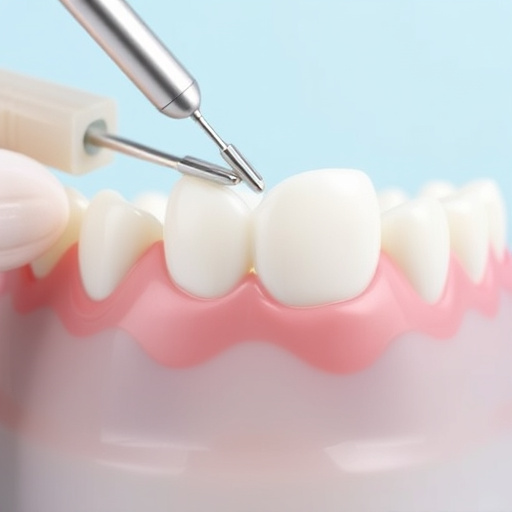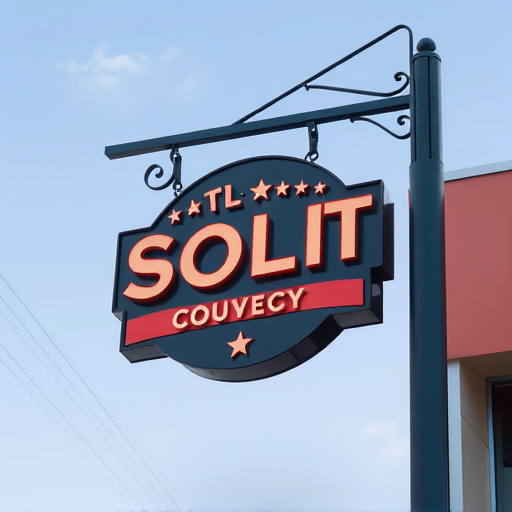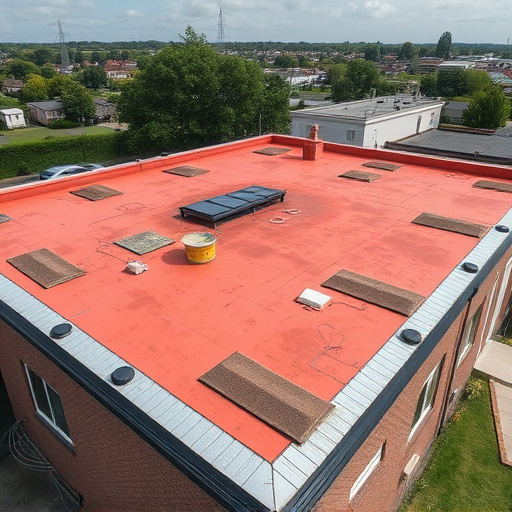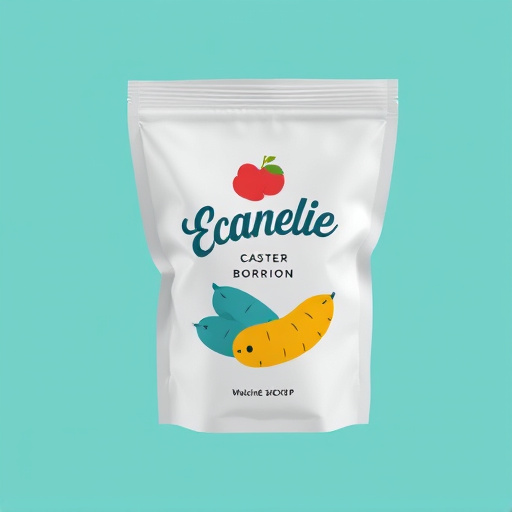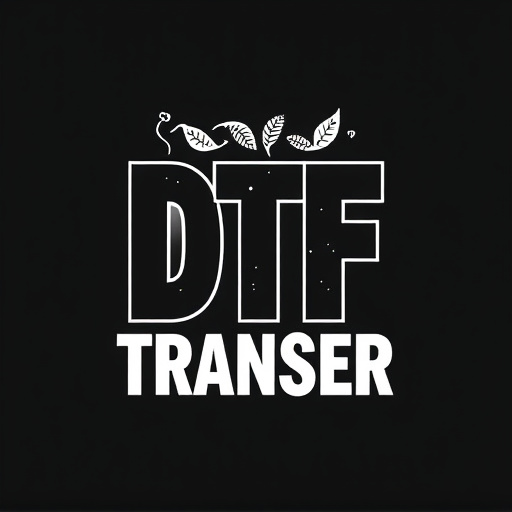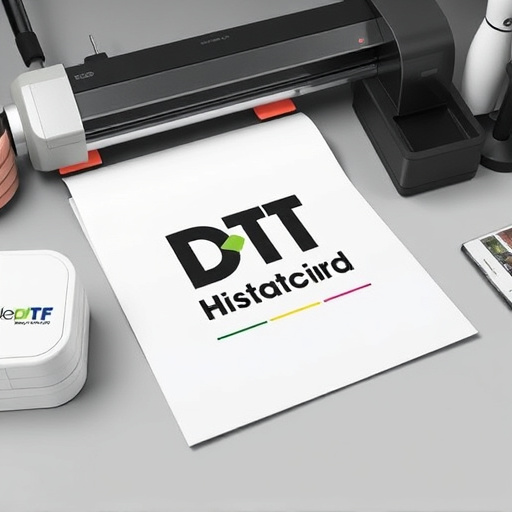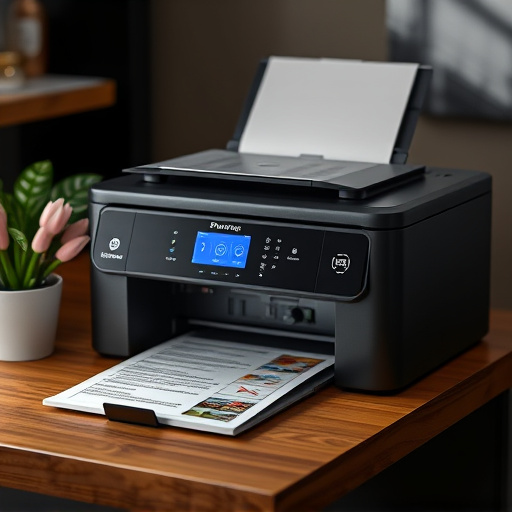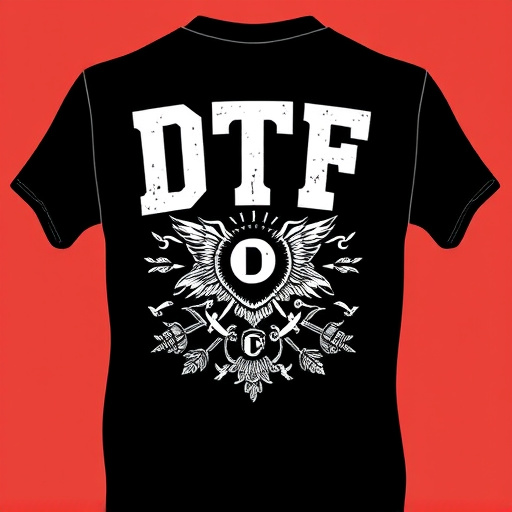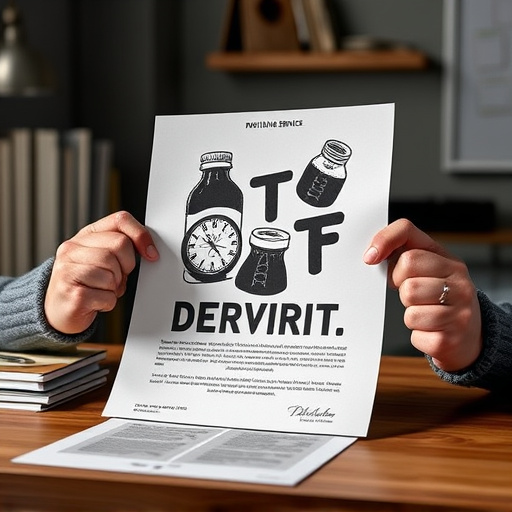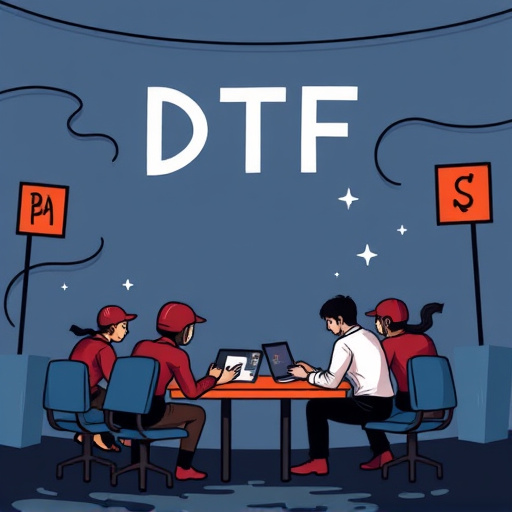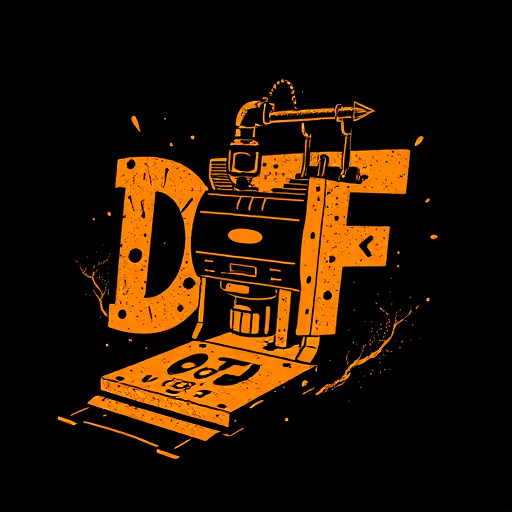Custom Direct To Film (DTF) Transfers are transforming apparel production with their innovative direct printing method. DTF skips intermediate steps like paper or vinyl printing, offering faster turnaround times and consistent results via a thermal process. Known for high-quality, vibrant prints with exceptional detail, these transfers provide precise design control and accommodate various fabric types and complex designs. Ideal for t-shirts, hoodies, and custom heat press sheets, DTF caters to diverse customer preferences and market demands, revolutionizing personalized apparel creation.
“Unveiling the Economics of Custom Direct-to-Film Transfers: A Comprehensive Guide
In the realm of printing, Custom Direct-to-Film (DTF) transfers have emerged as a game-changer, offering unique advantages over traditional methods. This innovative process enables precise, high-quality printing directly onto various film types, revolutionizing packaging and product design.
This article delves into the intricate cost factors that shape the landscape of Custom DTF Transfers, examining material expenses, technology investments, and labor requirements. We’ll explore strategies to optimize costs, ensuring businesses can harness the benefits of this cutting-edge technology while maintaining profitability.”
- Understanding Direct-to-Film Transfers and Their Uniqueness
- – Definition and process overview
- – Advantages over traditional printing methods
Understanding Direct-to-Film Transfers and Their Uniqueness
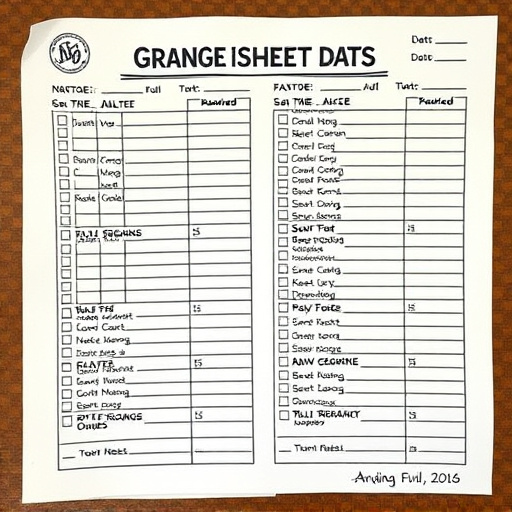
Direct-to-Film (DTF) transfers are a unique and innovative method of printing designs directly onto fabrics using a thermal process. Unlike traditional printing methods, DTF eliminates the need for intermediate steps like printing on paper or vinyl first. This direct approach offers several advantages, particularly for custom apparel production. By skipping the intermediate step, businesses can achieve faster turnaround times and more consistent results when heat-pressing designs onto garments.
The uniqueness of DTF lies in its ability to produce high-quality, vibrant prints with exceptional detail. Custom Direct To Film Transfers allow for precise control over design placement and sizing, making it ideal for a wide range of creative applications. Moreover, the process is versatile, accommodating various fabric types and allowing for both simple and complex designs. This versatility extends to the use of DTF printing for t-shirts and custom sheets for heat pressing designs, catering to diverse customer preferences and market demands.
– Definition and process overview
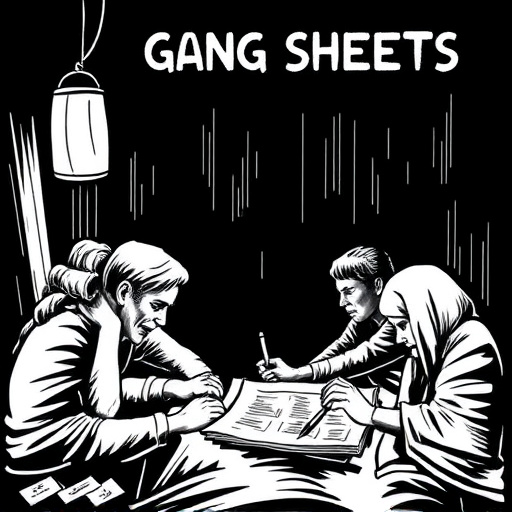
Custom Direct to Film Transfers (DTF) represent a cutting-edge approach in the apparel industry, offering businesses and designers an innovative way to create personalized garments with intricate, high-quality designs. This process involves transferring printed images directly onto fabric using specialized heat transfer paper, eliminating the need for traditional screen printing or embroidery methods. The custom DTF transfers are then applied to various fabrics, most commonly used for creating personalized hoodies, t-shirts, and other apparel items.
The DTF process begins with designing or sourcing an image that will be printed on the transfer paper. This can be done using graphic design software, ensuring the artwork meets specific requirements for resolution and color accuracy. Once the design is finalized, it’s printed onto the dtf heat transfer paper, which is then cut precisely to match the desired design layout. After cutting, the transfer is carefully placed onto the fabric, where it undergoes a heating process in a press or dryer, fusing the ink into the fabric fibers, resulting in a vibrant and durable print.
– Advantages over traditional printing methods

Custom Direct to Film (DTF) transfers offer a significant leap forward in comparison to traditional printing methods for t-shirts and other fabrics. One of the key advantages is the level of detail and vibrancy achieved. DTF printing utilizes advanced technology to produce high-resolution prints directly on specialized heat transfer paper, ensuring each design element is crisp and accurate. This method allows for intricate patterns, bold lines, and vibrant colors that are difficult to replicate with conventional screen printing or direct-to-garment methods.
Additionally, DTF transfers provide a more versatile and efficient process for customizing apparel. The dtf heat transfer paper can be easily cut to fit various designs and shapes, making it suitable for both simple and complex artwork. This versatility is particularly beneficial for small businesses and individuals who want to create unique, personalized items without the need for expensive set-up costs associated with traditional printing machinery. With the best dtf printer, creating custom designs for t-shirts and other products becomes a straightforward and accessible process.
Custom Direct to Film Transfers (DTFT) offer a cutting-edge solution for businesses looking to enhance their branding and marketing. By leveraging this innovative process, companies can achieve high-quality, durable prints with minimal waste, making it an attractive and environmentally conscious choice. The cost factors involved in DTFT, including material, labor, and equipment, make it a viable option for short and long-term projects, ensuring businesses get the most value for their investment.
